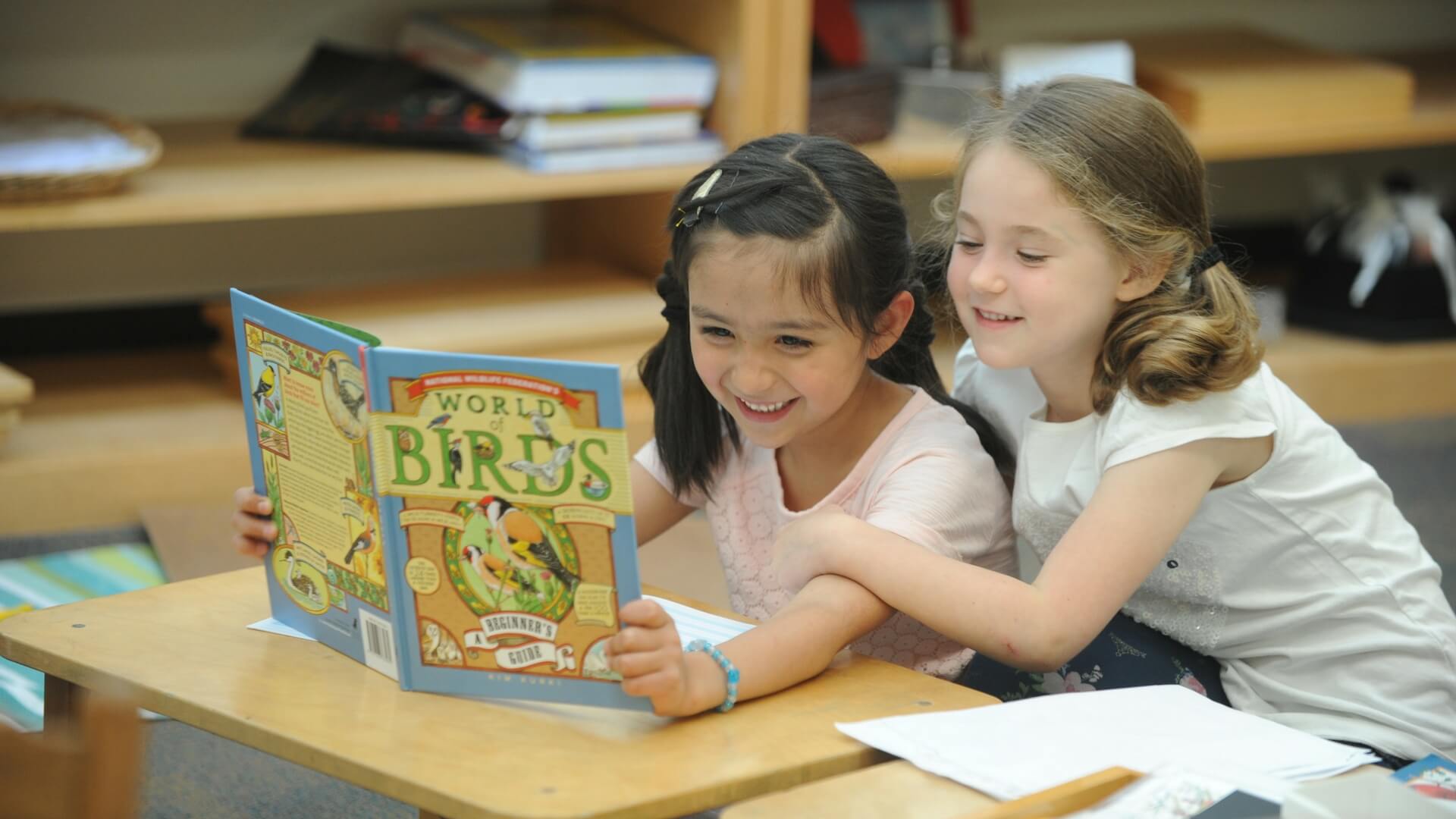What do you think of when you hear the word “activity”? Do you get excited about material lists and a neat set of instructions or do you cringe at the idea of a child who may not want to participate in something you spent precious time to prepare?
Activities can be wonderful experiences for both parent and child, but in order to make the activity worthwhile and peaceful, it is important to remember that activities don’t have to be complicated. In fact, the best activities often start out very simply. They then allow for enormous, natural learning to occur along the way. The best part is that you really don’t need to spend hours preparing and gathering materials to have a successful activity with your child.
Here are a few ideas to get you started:
- For a very young child, a basket of wooden blocks is incredibly valuable. These treasured toys are visually stimulating and make wonderful noises throughout the building process. They also make for the perfect introduction to foundations, balancing, symmetry, and patterns. For an older child, the same basket of wooden blocks can create hours of learning when paired with a bottle of shaving cream or a little bit of dish soap. For a more permanent change to the wooden blocks, consider adding Velcro and watching how the designs become more abstract (this could become a great introduction or addition to a lesson on cubism).
- If you’re looking for something gentler, consider cutting up sponges and allowing your child to build with them. Give tasks such as: build a tower that is one foot tall, build a castle that is six inches wide. You could even add a bucket of water and compare dry sponges with wet sponges. For an older child, include a scale and allow them to explore the way weight changes when different amounts of water are added to the sponges.
- Cardboard can also be a wonderful, easy way to allow your child to explore. Cut the cardboard into various sizes of rectangles and squares and then cut short slits around the edges, so the cardboard will fit together (an older child could do this part on their own.) Print out photos of famous landmarks such as the Eiffel Tower and the Sydney Opera House and task your child with creating the same shape. For more advanced activity, pair the photos with books about the landmarks and the countries in which they reside. Encourage your child to find the country on a map and talk about the culture and how you could get there to visit. Talk about other things you could do while you’re there. Create a tentative itinerary and talk about the cost of traveling. This is one activity that truly spans all subjects!
- Send your child on a mission to collect sticks and then have them form various letters or words or images (according to their age and ability) using the sticks. These could turn into beautiful art pieces for your home, or gifts for friends, if glued on top of stained wood or painted canvas.
As you journey toward doing more activities with your child, be sure to keep in mind your purpose. Before you do any activity, ask yourself why you’re doing it. Are you just trying to occupy your child so you can read your email in peace, or does the activity have a greater meaning to your child’s education? If it’s simply busy work, then it has no place in a Montessori home, and your child will likely pick up on the fact that it’s not important. On the other hand, there are many independent activities that still have value, such as the ones we have listed above. Since independent learning is vital to a Montessori education, make sure the activities are stimulating, challenging, and yet doable for your child. Take a step back, but remain close and available so that you can answer questions or adjust the activity if necessary. Watch the way your child carries out the activities. Surely, you will be amazed at the things they can learn along the way.


